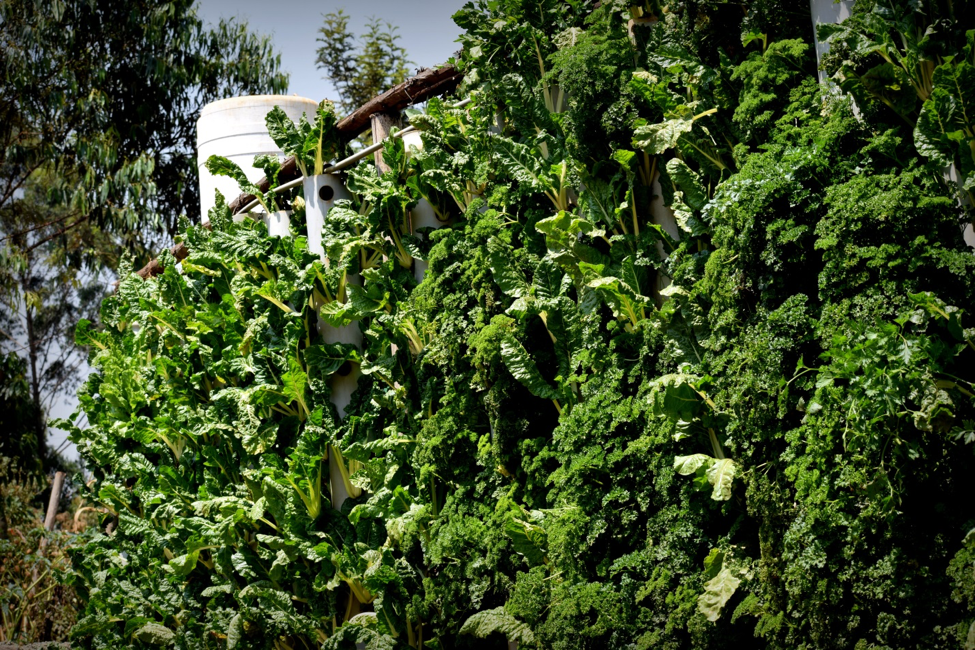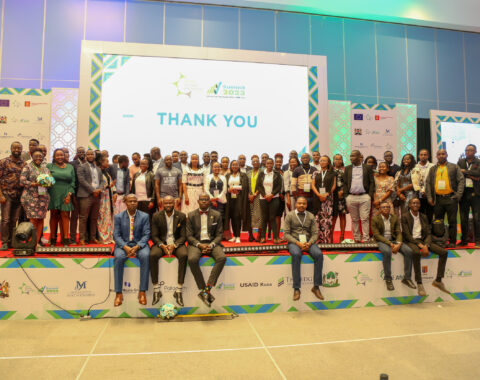
Hydroponics is forecasted to be the only method used in 50-60 years, as organic farming is likely to be banned for health risks, and the rate of soil degradation is increasing. As population increases, Hydroponics will be the only way to keep pace with food demands. This method involves growing plants without soil. Hydroponics is an old school method but newly modified. The Hanging Gardens of Babylon (7th wonder of the world) was supposedly functioning according to the hydroponic principles.
Hydroponically grown crops use up to 90% less water and 50% less land than traditional farming for the same crops with a yield of four times the amount of crop. The crop growth is two times faster than soil based plants as they are fed with the right amount of nutrients, water and oxygen. Until 1936, hydroponics was practiced primarily in labs to research plant growth and how the root develops.
More recently, we have witnessed its astonishing adoption rate. In East Africa, Hydroponics Africa is pioneering into this fascinating method of farming. With four years of experience, they specialize in the manufacturing, installation and marketing of customized hydroponic fodder and vegetable systems to help small and medium holder farmers have access to a high quality, cost-effective and sustainable way of farming.
Peter Chege the founder and CEO began supplying farmers with nutritional feeds in 2002. Through his work he noted that farmers incurred high costs in animal feeds despite having poor quality. This is what catapulted him to start Hydroponics Africa in 2013. He developed hydroponic systems that would grow quality fodder for farmers at a cheaper cost. Using the same system, a variety of vegetables such as lettuce and spinach can also be planted for human consumption. The system uses 60% less fertilizer as compared to traditional farming.
The profit making enterprise mainly targets milk and vegetable small to medium farmers. The plants, grown through hydroponics, are used as fodder for domestic animals such as dairy cows, pigs, chicken, and rabbits among the many. This reduces the cost in purchasing animal feeds and also offers better nutrition for the animals thus providing better quality meat and milk. The materials used for installation are also inexpensive and are locally attainable. Peter also provides aluminium trays with coating that are patented, that make plants fungi resistant.
Hydroponics Africa has so far installed over 3500 hydroponics units to small scale farmers 65% of them being in arid regions. They have installed widely in East Africa: Kenya, Rwanda, Somalia, Tanzania and Uganda. They have in effect trained over 5000 farmers
They have begun a program worthy $500,000, with the help of Securing Water For Food (SWFF), in Eastern Kenya to install hydroponic vegetable units. It is estimated that they will install 4,000 vertical hydroponics units to at least 3500 households. These vertical hydroponics units occupy 18 m2. They have an output of 720 vegetables and only needs 30 litres of water per day. In this project, the company has completed 54 installations.
Hydroponic Africa is one of the enterprises that have received support by the Kenya Climate Innovation Center (KCIC). They have received business skills, technical expertise, and mentorship in order to establish a viable business.
Most importantly, this technology is set up to tackle environmental challenges in water management and land use. It employs vertical farming, which allows for up to seven trays to be stacked to grow fodder. Farmers with small parcels of land can still benefit from the hydroponic system.
Hydroponic Africa estimates that they will create more than 5,000 jobs in four years. This will include the technicians and causal labourers involved in the installation, also the women and youths who will be tasked in the maintaining of the systems, retailers who will be selling the fresh produce harvested from the systems to the market, in addition to agronomists who will be providing crop support for their farmers.












